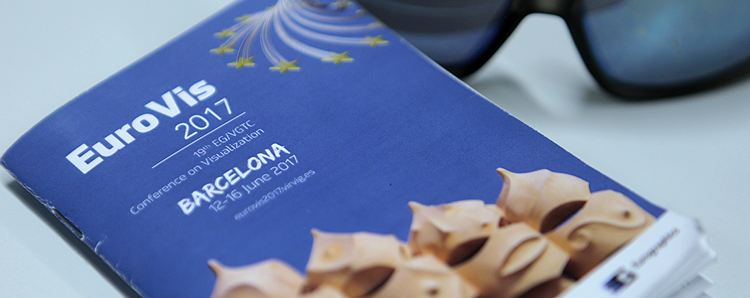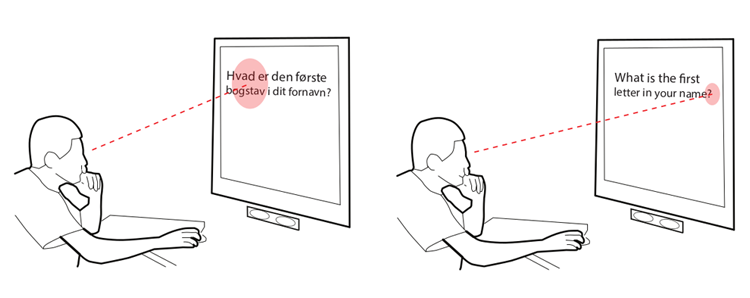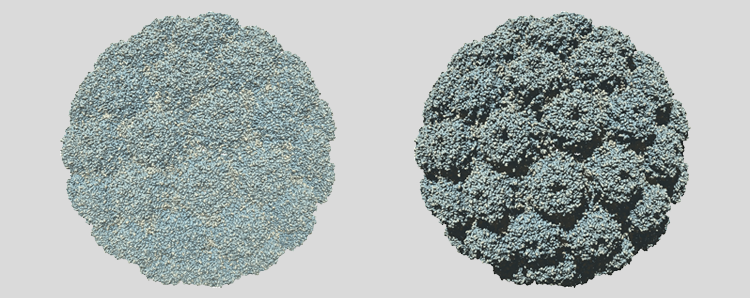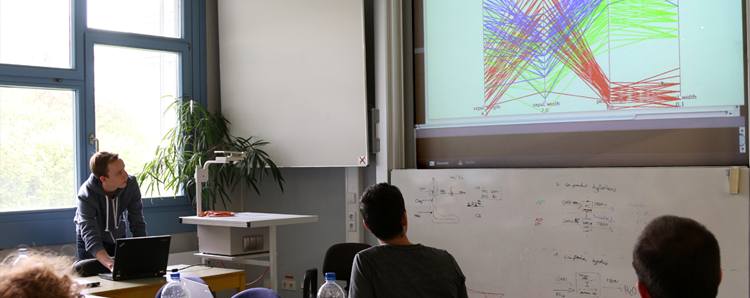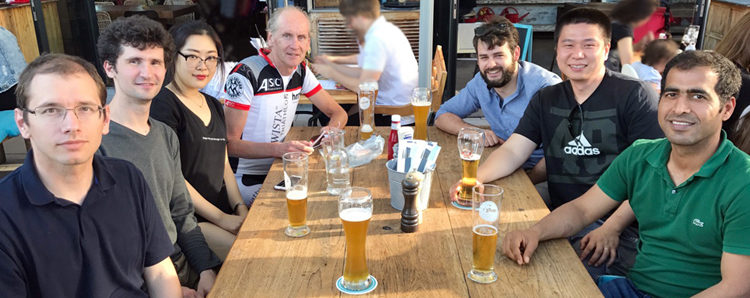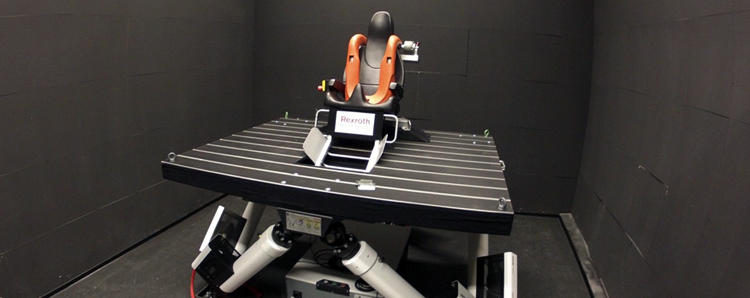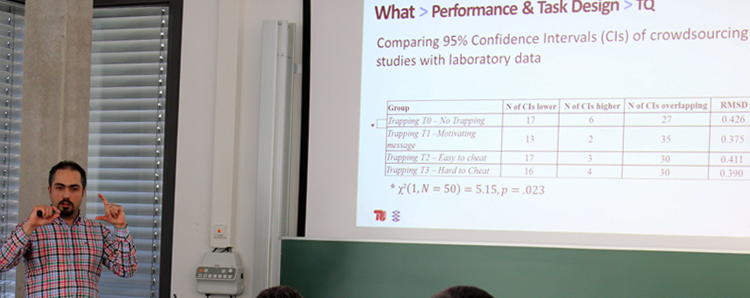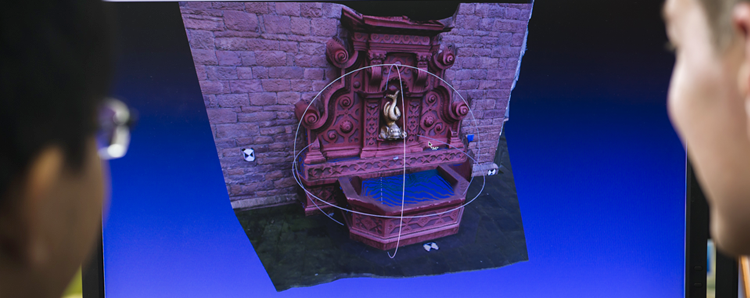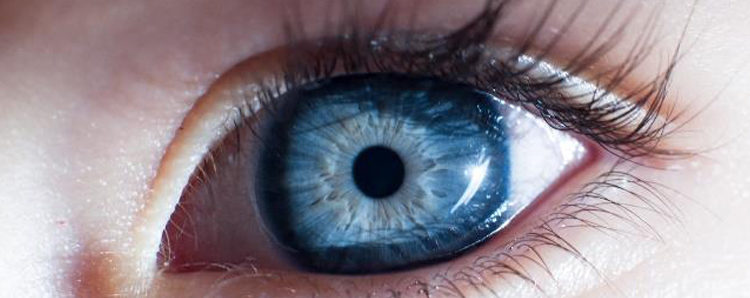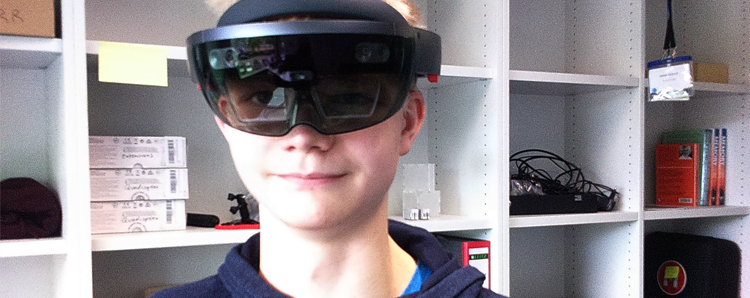This year’s EuroVis, one of the most important visualization conferences in Europe, as well as many co-located events took place in Barcelona, Spain. Despite outside temperatures of well beyond 30°C, the attendees enjoyed many interesting talks on the latest visualization research topics and discussed them with researchers in the field from all over the world.
Impression from EuroVis 2017
